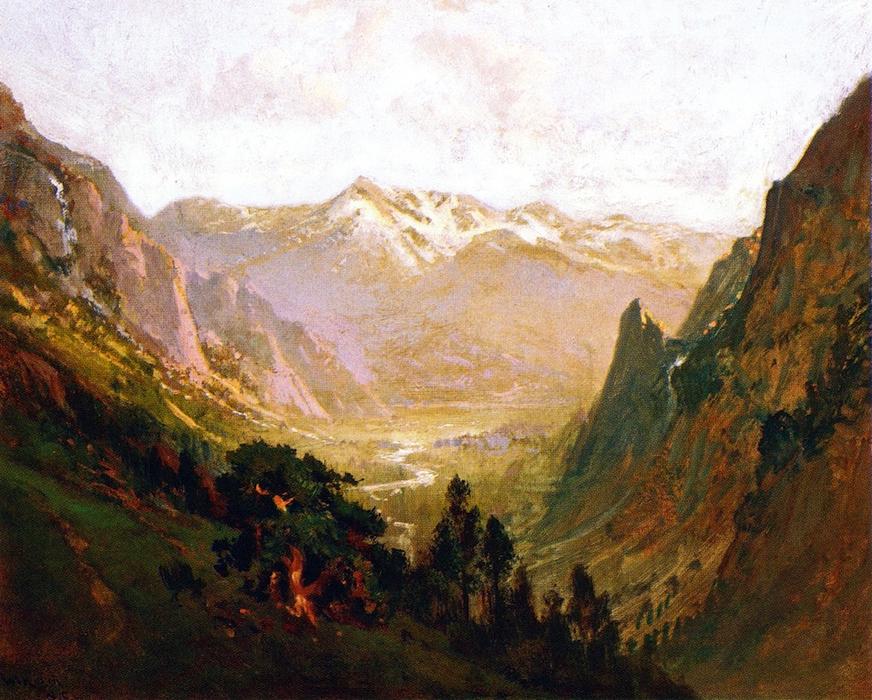
In Nature's Temple: Early California Art and Ecology

William Keith, Eadweard Muybridge, Carleton Watkins and John Muir
August 26–December 13, 2013
Collection of the Saint Mary’s College Museum of Art, Gift of Benjamin H. Lehman
Curated by Thomas Lucas, SJ, Director Emeritus
In Nature’s Temple: Early California Art & Ecology presents the ideas of John Muir alongside the works of three California art icons—painter William Keith and photographers Carleton Watkins and Eadweard Muybridge—to examine Yosemite’s place in the American art and environmental movements.
After recovering from an eye injury caused while working in a Wisconsin factory, John Muir fulfilled his dream to move west, quickly becoming the proto-evangelist of the nature conservation movements. He visited Yosemite Valley for the first time in 1868, writing, “It is by far the grandest of all the special temples of Nature I was ever permitted to enter.” Living in the valley for extended periods of time, he encountered landscape painter William Keith and inventor-photographers Carleton Watkins and Eadweard Muybridge. Meanwhile, with the admission of California to the Union in 1850, the Yosemite Valley received national attention.
During treks with Watkins and Keith, Muir wrote extensively about the spiritual power of the forests and cliffs. Keith’s paintings illustrated the natural wonders that inspired Muir’s writings while adding the rugged western terrain to the body of the Hudson River School of painting, which in the 1830’s presented idealized pastoral images of the Eastern landscape that strongly contrasted the effects of industrialization. Stereoviews by Watkins and Muybridge brought Yosemite to the masses; their mammoth-sized photographs established the large-format used for documenting vast landscapes through the 20th century. On the conservation front, the combined work of Watkins and Muir helped make a case for what would become the National Park Service, while the frequent conversations between Keith and Muir set the foundation for the Sierra Club. Together, the innovative work of these four men planted the seeds of the early conservation movement that eventually flowered into major environmental establishments that flourish today.
The Thacher Gallery at USF gratefully acknowledges the following for their loans and assistance: Saint Mary’s College Museum of Art, the California Historical Society, the California State Library, the Society of California Pioneers, USF’s Donohue Rare Book Room, Denny and Peggy Kruska and Dr. Kevin Starr.